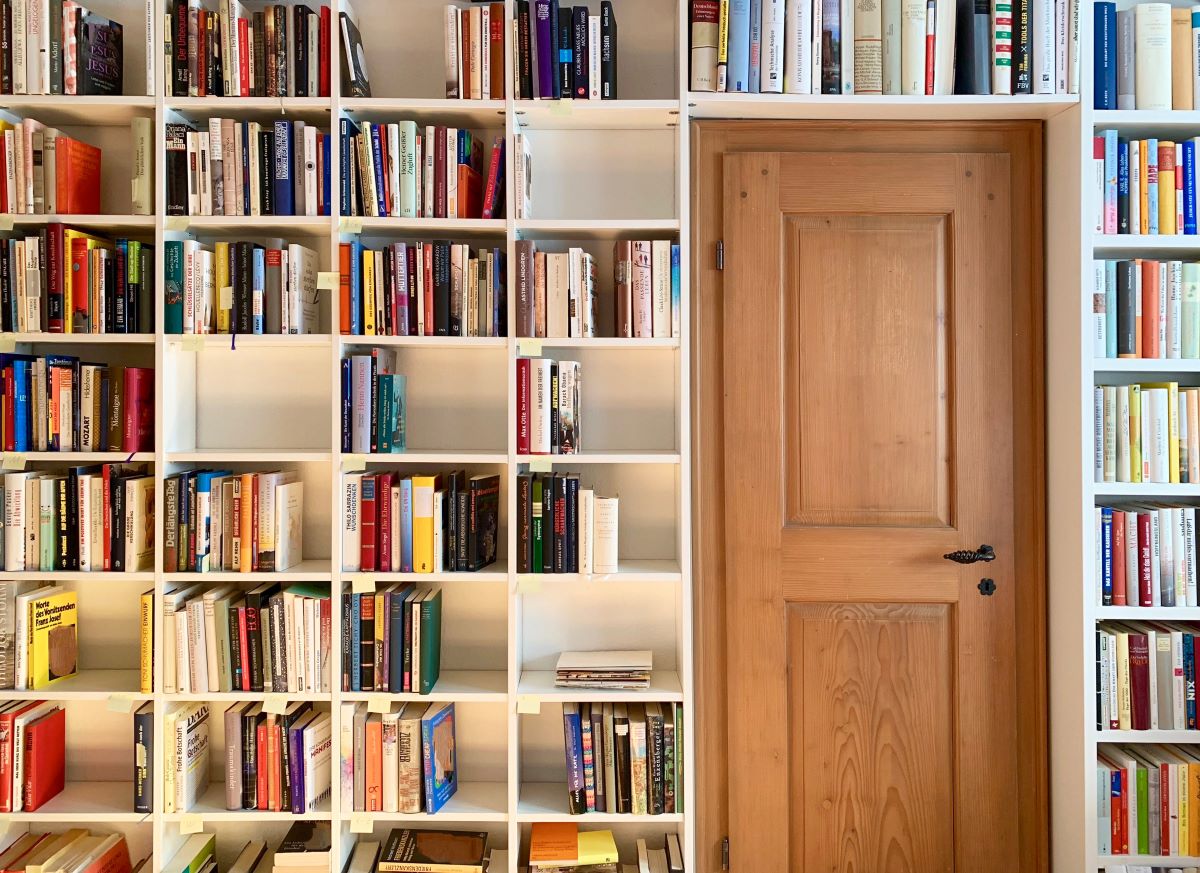

Articles
How To Store A Lot Of Books
Modified: October 20, 2024
Learn the best tips and tricks for storing a large collection of books, including articles on organizing, shelving, and preserving your favorite reads.
(Many of the links in this article redirect to a specific reviewed product. Your purchase of these products through affiliate links helps to generate commission for Storables.com, at no extra cost. Learn more)
Introduction
Whether you’re an avid book collector, a literature lover, or just someone who enjoys having an extensive library, storing a large number of books can be a challenge. Proper storage not only protects your beloved books from damage but also allows for easy accessibility and organization. In this article, we will explore various strategies and tips to help you store a lot of books effectively.
Before diving into the specifics, it’s important to consider a few factors when planning your book storage solution. Firstly, you need to assess the available space you have. This will help determine the type and size of shelving units or storage containers you can utilize. Secondly, think about the aesthetic aspect, as storing books can also be an opportunity to showcase your collection and create an inviting reading space. Lastly, preserving the condition of your books is paramount, so we will discuss ways to protect them from dust, moisture, and other potential hazards.
Now that we’ve set the stage, let’s delve into the different aspects of storing a lot of books effectively.
Key Takeaways:
- Choose the right shelving unit: Consider size, sturdiness, adjustability, accessibility, and aesthetic appeal when selecting a shelving unit for your book collection. Explore various options to find the perfect fit for your space and style.
- Protect and preserve your books: Handle books properly, control the environment, use acid-free materials, and implement a labeling and tracking system to ensure the longevity and enjoyment of your book collection.
Read more: How To Store A Lot Of Shoes
Choosing the Right Shelving Unit
When it comes to storing a large number of books, selecting the right shelving unit is crucial. Here are a few factors to consider:
- Size: Measure the available space and consider the dimensions of the shelving unit. Make sure it can accommodate your current collection and allow for future growth.
- Sturdiness: Look for shelves made of durable materials, such as solid wood or metal, that can support the weight of the books without sagging or warping.
- Adjustability: Opt for shelving units with adjustable shelves. This allows you to customize the spacing between shelves, accommodating books of different sizes and optimizing storage capacity.
- Accessibility: Consider the ease of access to your books. Look for shelves with open fronts or adjustable shelf heights so you can easily reach and retrieve any book from the collection.
- Aesthetic Appeal: Choose a shelving unit that complements your personal style and the overall decor of the room. This can enhance the visual appeal of your book storage area.
There are several types of shelving units to choose from, including:
- Bookcases: Traditional bookcases with horizontal shelves are a popular choice. They are available in various sizes, styles, and finishes, making them versatile for different home settings.
- Wall-mounted shelves: If you have limited floor space, consider utilizing empty wall areas by installing wall-mounted shelves. They provide a modern and minimalist look while maximizing vertical storage.
- Modular shelving systems: These customizable units offer the flexibility to expand or reconfigure as your collection grows. They typically consist of modular cubes or compartments that can be arranged and stacked in different configurations.
- Built-in shelves: For a seamless and integrated look, consider built-in shelves that are tailored to fit the specific dimensions of your space. This can be a great option if you have a dedicated reading room or library.
Ultimately, choose a shelving unit that meets your specific needs and preferences. Remember to leave some room for future book acquisitions and ensure that the unit can be easily assembled and installed in your chosen location.
Organizing Your Books
Once you have chosen the right shelving unit for storing your books, the next step is to organize them in a systematic and efficient manner. Here are some tips for organizing your book collection:
- Sort by Genre or Topic: One of the most common ways to organize books is by genre or topic. This makes it easier to locate specific books and create a cohesive arrangement. You can have sections for fiction, non-fiction, biographies, self-help, and more.
- Alphabetical Order: Alphabetizing your books by author’s last name is another popular method. This allows for quick and easy retrieval of books when searching by author.
- Chronological Order: For books that are part of a series or are relevant to a specific timeline, organizing them in chronological order can be helpful. This is particularly useful for historical books or novels with sequels.
- By Size: If you have a mix of different-sized books, organizing them by size can create a neat and visually pleasing arrangement. Consider creating separate sections for oversized books, standard-size paperbacks, and hardcover books.
- By Color: For those who appreciate aesthetics, organizing books by color can create an eye-catching display. This method can add a touch of creativity and visual appeal to your bookshelves, but keep in mind that it may make finding specific titles a bit more challenging.
Whichever method you choose, labeling is key to maintaining an organized system. Use bookplates, labels, or markers to clearly identify the sections or categories. This will help you and your guests easily locate the desired books.
Additionally, consider creating a catalog or inventory of your book collection. This can be done manually, using a spreadsheet or notebook, or by utilizing library management software or smartphone apps. This inventory will serve as a handy reference when looking for specific titles and can also help you keep track of borrowed books.
Remember, organizing your books is a personal choice, and you can mix and match different methods to suit your preferences. The goal is to create an organized system that works for you and makes it a joy to browse and find your favorite books.
Storing Books in Boxes or Containers
While bookshelves are a common choice for storing books, sometimes you may need to consider alternative options, such as storing books in boxes or containers. This can be helpful if you have limited space, need to protect books during a move, or want to store books that are not frequently accessed.
Here are some tips for storing books in boxes or containers:
- Choose the Right Boxes: Opt for sturdy, acid-free cardboard boxes or plastic containers with lids. Ensure that the boxes are clean, dry, and free from any moisture or pest damage.
- Pack Books Properly: Place books upright in the boxes to prevent them from warping or bending. To optimize space, you can stack books horizontally as well, but avoid overpacking the boxes to prevent damage. Fill any gaps with packing material, such as bubble wrap or crumpled paper, to minimize shifting during transport or storage.
- Label the Boxes: Clearly label each box with a list of the book titles or a general description of the contents. This will make it easier to locate specific books when needed without having to sift through every box.
- Store in a Suitable Environment: Find a cool, dry, and well-ventilated area for storing the boxes. Avoid places prone to extreme temperature fluctuations, high humidity, or direct sunlight, as these can damage the books over time.
- Consider Book Preservation: For long-term storage, it’s important to take measures to preserve the condition of the books. Place acid-free paper between the pages of each book to prevent them from sticking together. Avoid using plastic wraps or covers, as they can trap moisture and lead to mold or mildew growth.
- Rotate Boxes: If you have a large book collection stored in boxes, consider periodically rotating the boxes to prevent prolonged pressure on specific books. This will help to evenly distribute any stress on the spines.
Remember, while storing books in boxes or containers can be a practical solution, it’s still recommended to have a dedicated bookshelf or display area for the books you frequently access and enjoy. Storing books in boxes should be reserved for books that are less frequently used or for temporary storage during certain circumstances.
By following these tips, you can ensure that your books are safely stored, protected from damage, and ready to be enjoyed whenever you need them.
Protecting Books from Damage
Books are more than just printed words on paper; they hold stories, knowledge, and memories. It’s important to protect them from damage to ensure their longevity. Here are some ways to protect your books:
- Handle Books Properly: When handling books, be sure to clean your hands to avoid transferring dirt, oils, or moisture onto the pages. Hold books firmly but gently, supporting the spine and avoiding excessive bending or twisting.
- Use Bookmarks, Not Dog-Earing: Avoid damaging book pages by using bookmarks to mark your progress instead of folding down the corners. This helps prevent tears and creases in the pages.
- Protect Dust Jackets: If your books have dust jackets, consider covering them with transparent, acid-free sleeves. This will guard against tears, stains, and fading caused by exposure to light.
- Avoid Sunlight Exposure: Prolonged exposure to direct sunlight can cause book covers and pages to fade and deteriorate. Keep your books away from windows or use UV-blocking window coverings to minimize sunlight exposure.
- Control Humidity and Temperature: Books are sensitive to fluctuations in humidity and temperature. Excessive moisture can lead to mold and mildew growth, while extreme heat can cause pages to warp and curl. Aim for a stable environment with moderate humidity and temperature.
- Prevent Insect Damage: Protect your books from insects by storing them in a clean area, periodically inspecting for signs of pests, and using organic methods like cedar chips or lavender sachets to deter insects.
- Use Acid-Free Materials: Acidic materials, such as certain papers and cardboard, can accelerate book decay. Choose acid-free storage boxes, folders, and sleeves when storing books to minimize degradation over time.
- Keep Books Dust-Free: Regularly dust your bookshelves or storage areas to prevent accumulated dust and debris from settling on the books. You can use a soft cloth or a vacuum cleaner with a gentle brush attachment to remove dust gently.
- Maintain Adequate Air Circulation: Good air circulation helps prevent the growth of mold and minimizes the risk of musty odors. Avoid overcrowding books on shelves and leave some space between them to allow for proper airflow.
By implementing these measures, you can significantly reduce the risk of damage to your books and ensure that they remain in good condition for years to come.
Consider investing in adjustable bookshelves to maximize storage space. This will allow you to customize the shelf height to fit different book sizes and make the most of your available space.
Read more: How To Store A Lot Of Jewelry
Maintaining a Suitable Environment
Creating a suitable environment for your books is essential for their preservation and longevity. Here are some key factors to consider:
- Temperature: Books are best kept in a cool environment with stable temperatures ranging between 60°F and 70°F (15°C – 21°C). Extreme temperature fluctuations can cause the pages to expand and contract, leading to damage.
- Humidity: Aim for a relative humidity (RH) level between 30% and 50%. Excessive humidity can promote mold growth and cause pages to become wavy or stick together. Very low humidity, on the other hand, can result in brittle pages. Use a dehumidifier or humidifier as needed to maintain an optimal RH level.
- Lighting: Protect your books from direct sunlight, which can cause fading and deterioration. If utilizing artificial lighting, opt for LED lights with a low UV output. Indirect or diffused lighting is preferable for book storage areas.
- Ventilation: Good air circulation helps prevent musty odors and mold growth. Avoid storing books in damp, poorly ventilated areas like basements or attics. If necessary, use fans or open windows periodically to improve air circulation.
- Cleanliness: Keep the storage area clean and free from dust and debris, as these can attract pests, cause discoloration, and damage the books. Regularly dust bookshelves and vacuum the surrounding area to maintain cleanliness.
- Avoid Chemical Exposure: Keep books away from direct contact with chemicals such as cleaning products, solvents, or paints. These substances can cause discoloration, staining, or deterioration of the book covers and pages.
- Controlled Storage: If possible, consider investing in specialized book storage solutions, such as humidity-controlled cabinets or archival boxes. These options offer more precise control over environmental factors and provide optimal conditions for preserving books, especially valuable or rare editions.
- Regular Inspections: Periodically check your books for any signs of damage, pests, or mold. Early detection allows for prompt action and minimizes potential harm to the rest of your collection.
By maintaining a suitable environment for your books, you’ll create a healthy and long-lasting space for your collection to thrive.
Labeling and Tracking Your Collection
As your book collection grows, it becomes increasingly important to have an organized system for keeping track of your books. This helps you easily locate specific titles, manage loans to friends or family, and ensure that every book has its place. Here are some tips for labeling and tracking your collection:
- Book Labels: Attach labels to the spines or covers of your books for easy identification. Labeling can be done using self-adhesive bookplates, printed stickers, or even handwritten labels. Include relevant information such as the book title, author, and genre.
- Shelf Labels: Consider labeling your bookshelves or sections with clear and visible labels. This makes it easier to navigate and locate specific genres or categories within your collection.
- Digital Catalog: Create a digital catalog or inventory of your book collection using spreadsheet software or specialized library management apps. Include details such as the book title, author, publication date, genre, and any additional notes you find relevant.
- ISBN or Barcode Scanning: Utilize barcode scanning apps or dedicated scanners to import book information by scanning the ISBN or barcodes found on book covers. This can save time and ensure accurate data entry.
- Loans and Returns: Keep track of books lent to friends or borrowed from others by maintaining a borrowing log or utilizing library management apps that allow you to record loaned books and set reminders for returns.
- Book Database Software: Consider using specialized book database software that offers advanced features for cataloging and managing your book collection. These applications often provide options for adding personalized details, cover images, and even reviews.
- Bookplates or Ex Libris: Personalize your books with bookplates or ex libris labels bearing your name or initials. These not only add a touch of elegance but also help identify your books if they are ever misplaced or borrowed.
- Periodic Inventory Checks: Conduct regular inventory checks to ensure that your catalog is up to date and accurate. Use these opportunities to assess the condition of your books and identify any missing or damaged items.
By implementing a labeling and tracking system, you take control of your book collection and make it easier to manage and enjoy your reading materials.
Displaying Your Books
Displaying your books not only adds a personal touch to your space but also makes it easier to access and enjoy your collection. Here are some ideas to showcase your books in an aesthetically pleasing and functional manner:
- Showcase on Open Shelves: Arrange your books on open shelves, allowing the covers and spines to be visible. Group books by genre, color, or size for a visually appealing display. Consider using bookends or decorative objects to add interest and stability.
- Create a Reading Nook: Designate a cozy corner or area in your home as a reading nook. Arrange a comfortable chair or sofa, a side table for a reading lamp, and a small bookcase or floating shelves to showcase your favorite reads within arm’s reach.
- Feature Wall Display: Create a focal point by dedicating a whole wall to display your books. Install floor-to-ceiling shelves and utilize them to showcase your most treasured and visually striking books. Add some framed artwork or photographs to complement the display.
- Coffee Table Books: Use a coffee table or console table to exhibit large, visually captivating books. Stack them in an artistic arrangement, showcasing beautiful covers or interesting titles. This not only adds a decorative element to the space but also provides a conversation starter.
- Display Vertically and Horizontally: Mix up book orientations for visual interest. Stack some books vertically and others horizontally to create variety and add texture to your display. Use bookends or decorative objects to keep the stacks in place.
- Create a Floating Bookshelf: Floating bookshelves, also known as invisible bookshelves, give the illusion of books floating on the wall. Mount these discreet shelves to showcase select books, creating a unique and minimalist display.
- Incorporate Plants: Add some greenery to your book display by incorporating potted plants or small succulents on the shelves. The combination of books and plants creates a natural and calming atmosphere.
- Utilize Window Sills: Make use of window sills by placing smaller books or decorative bookends on them. This brings your books closer to natural light and adds a cozy charm to the space.
When displaying your books, be mindful of maintaining a balance between aesthetics and functionality. Ensure that the arrangement allows for easy access and retrieval of books while complementing the overall design of your space.
Remember, book displays can evolve over time, so feel free to rearrange and experiment with different styles until you find the display that suits your personal taste and enhances your reading experience.
Conclusion
Storing a large number of books requires careful consideration and planning to ensure their preservation, accessibility, and visual appeal. By following the tips and strategies discussed in this article, you can create an organized and inviting space for your book collection.
Choosing the right shelving unit is crucial in providing a sturdy and adjustable storage solution. Organizing your books by genre, author, or other categories helps you locate specific titles with ease. Additionally, storing books in boxes or containers can be a practical option for temporarily storing books or when space is limited.
Protecting books from damage involves handling them properly, keeping them away from sunlight and moisture, and utilizing acid-free materials. Maintaining a suitable environment with controlled temperature, humidity, ventilation, and cleanliness is essential for their longevity.
Labeling and tracking your collection allows for easy identification and management of your books. Utilizing digital catalogs, book labels, and loan tracking systems can help you keep track of your collection and loaned books.
Finally, displaying your books in creative ways adds a personal touch to your space. From open shelves and coffee table displays to feature walls and floating bookshelves, there are numerous options to showcase your collection while adding aesthetic value to your home.
In conclusion, storing a large number of books may seem overwhelming, but with careful planning and the implementation of effective strategies, you can create a well-organized, visually appealing, and easily accessible collection. By taking the necessary measures to protect your books and maintaining a suitable environment, you can ensure their longevity and enjoy your reading materials for years to come.
Frequently Asked Questions about How To Store A Lot Of Books
Was this page helpful?
At Storables.com, we guarantee accurate and reliable information. Our content, validated by Expert Board Contributors, is crafted following stringent Editorial Policies. We're committed to providing you with well-researched, expert-backed insights for all your informational needs.
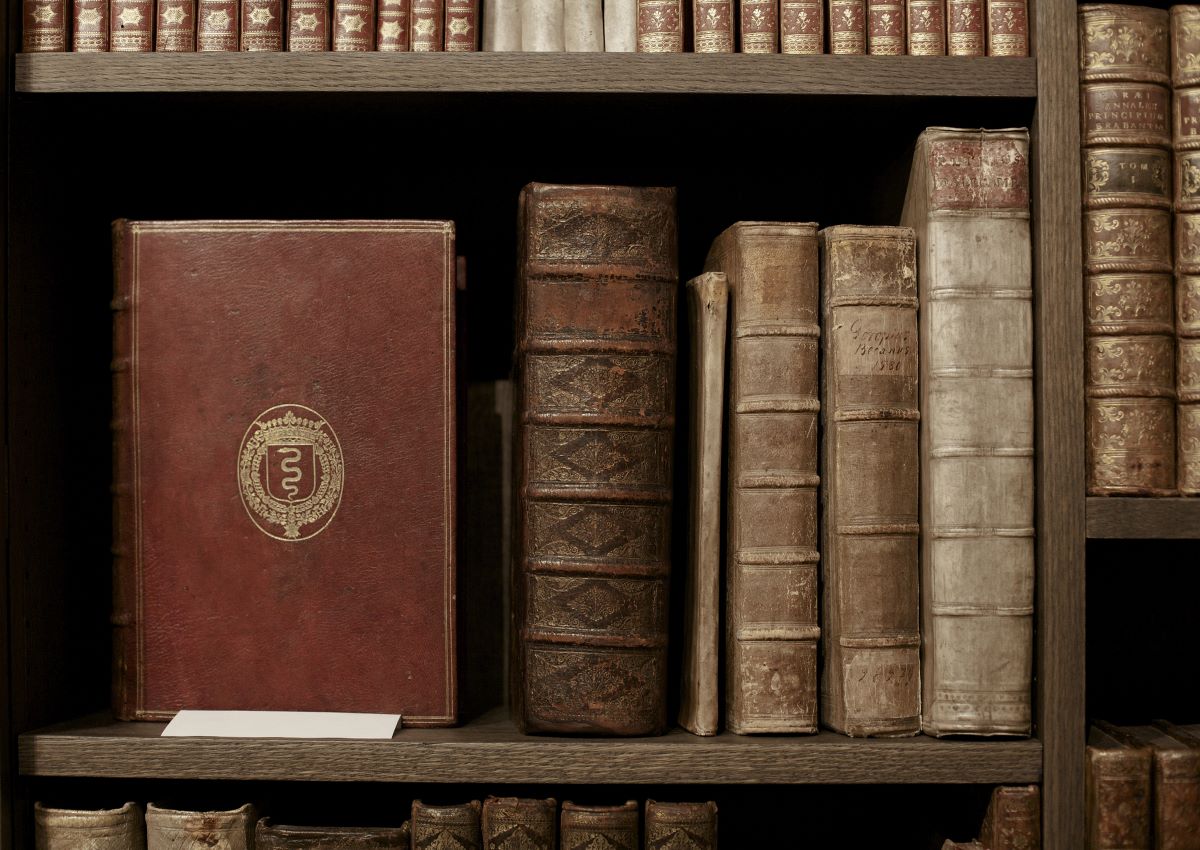


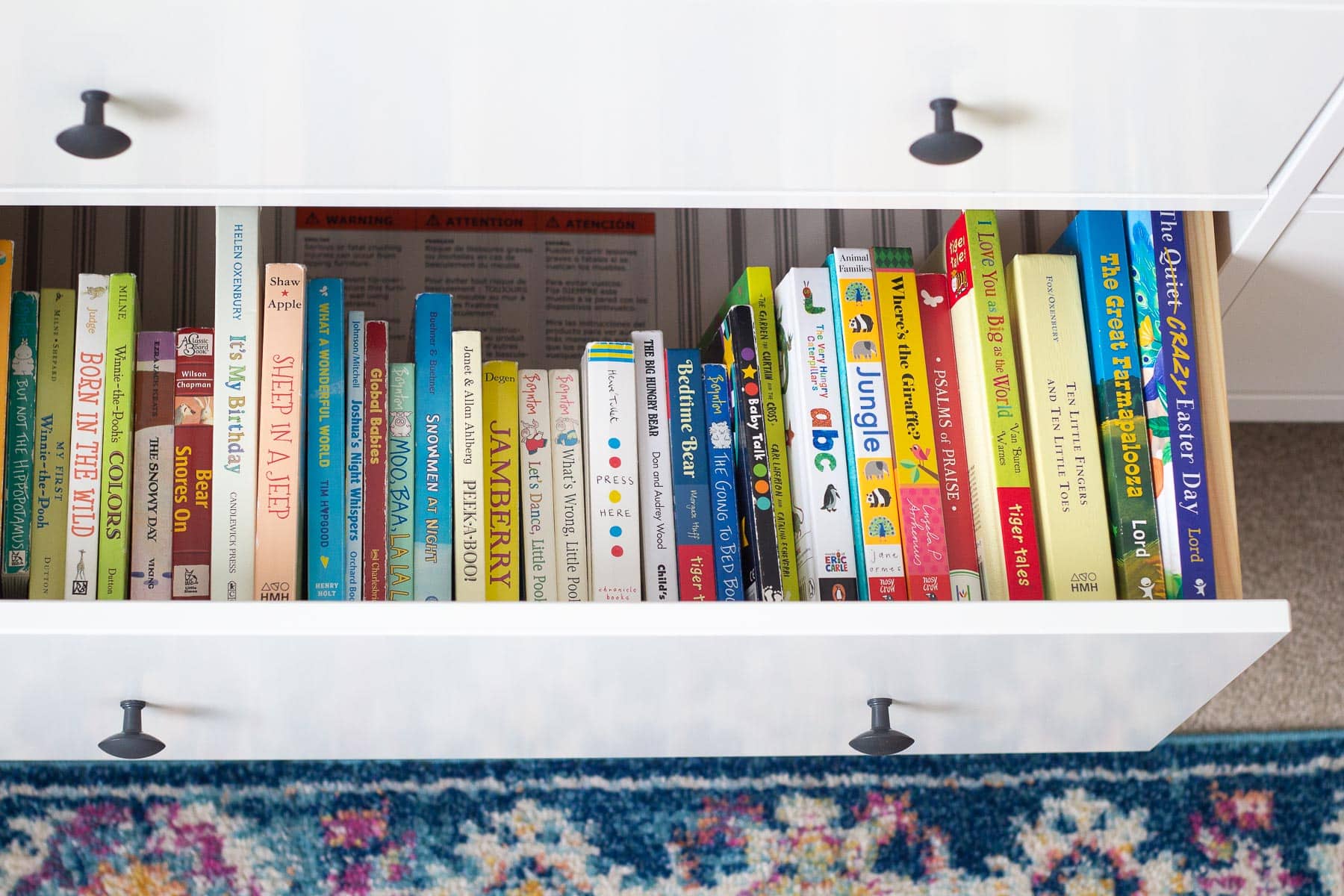


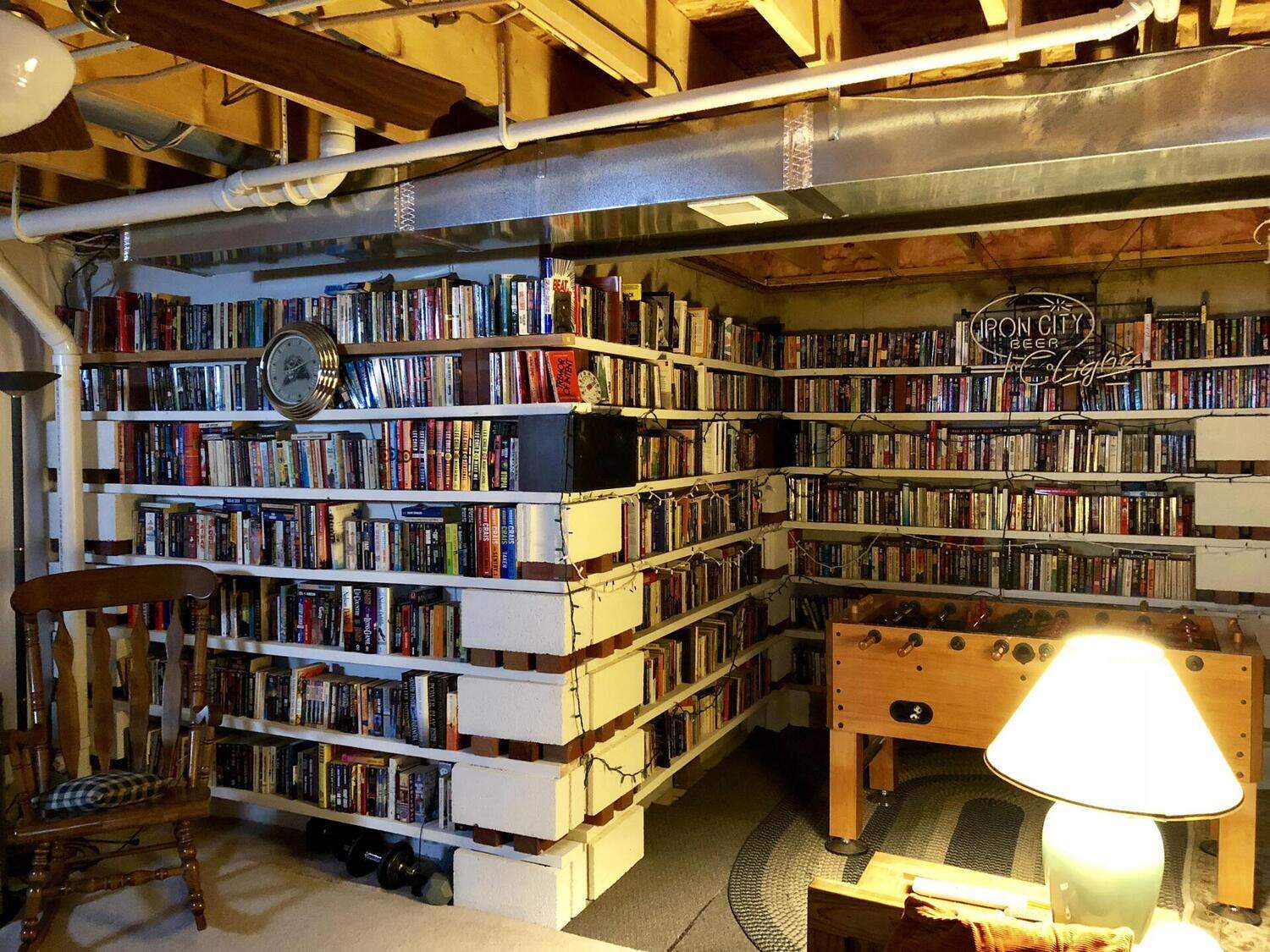




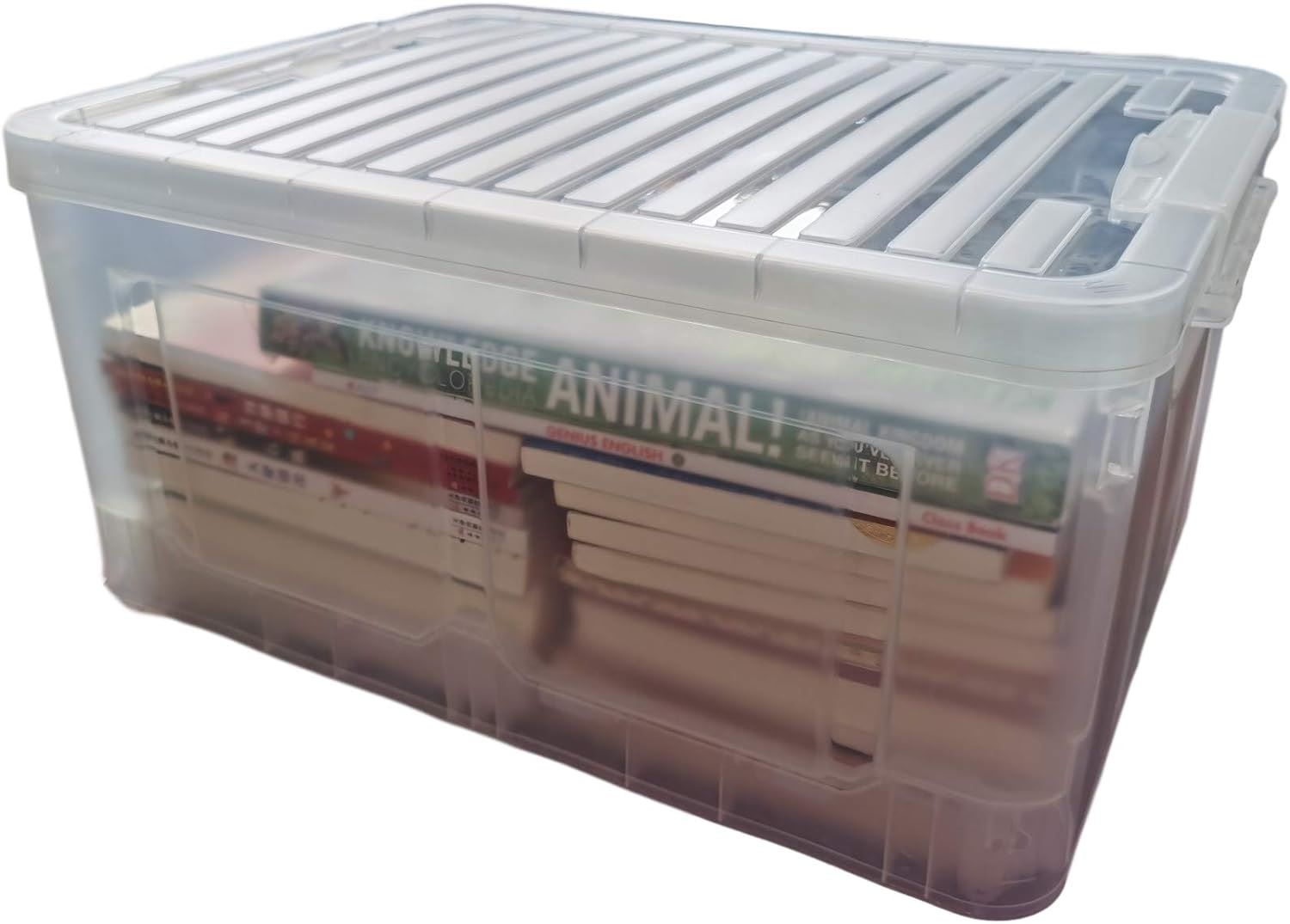

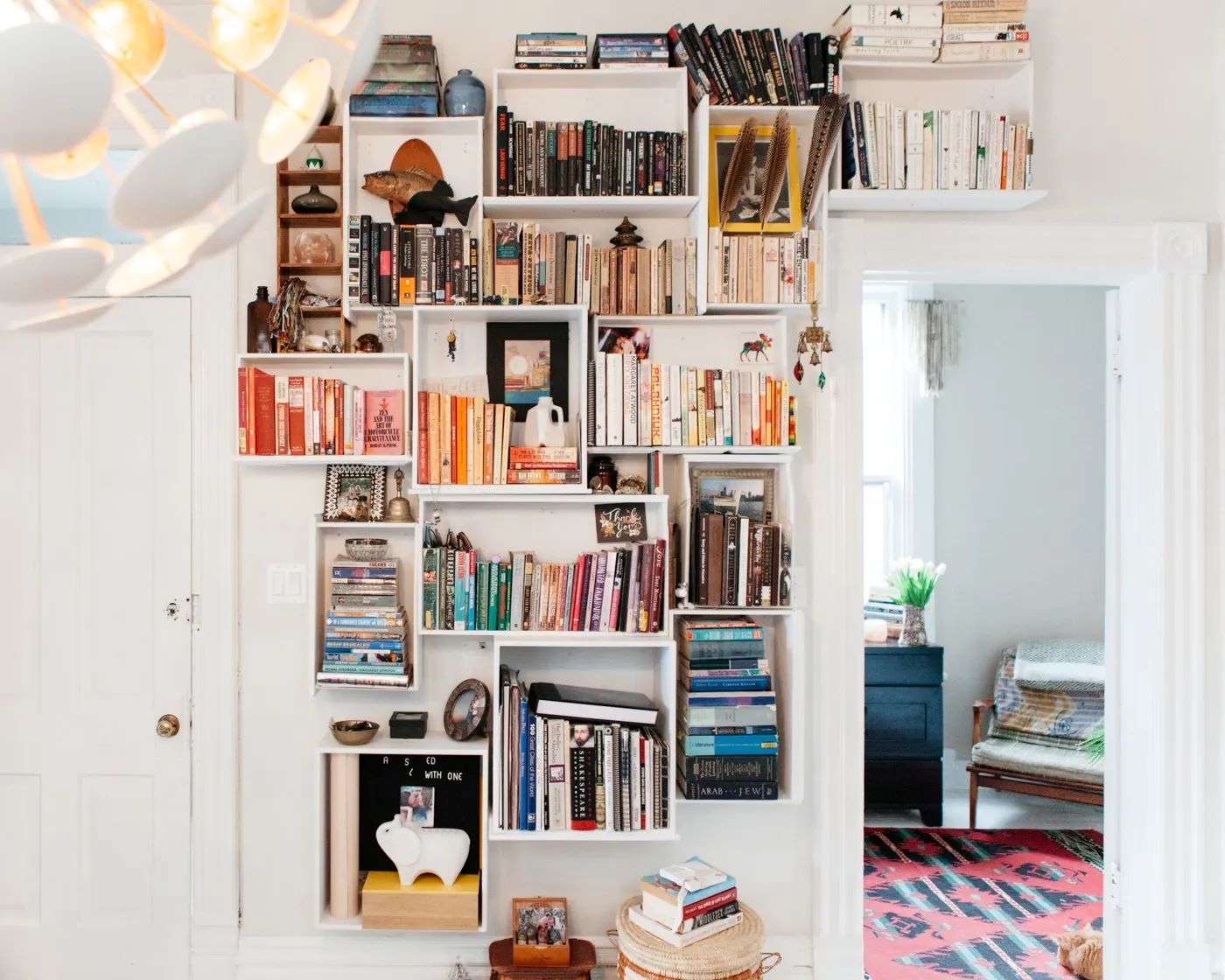

0 thoughts on “How To Store A Lot Of Books”